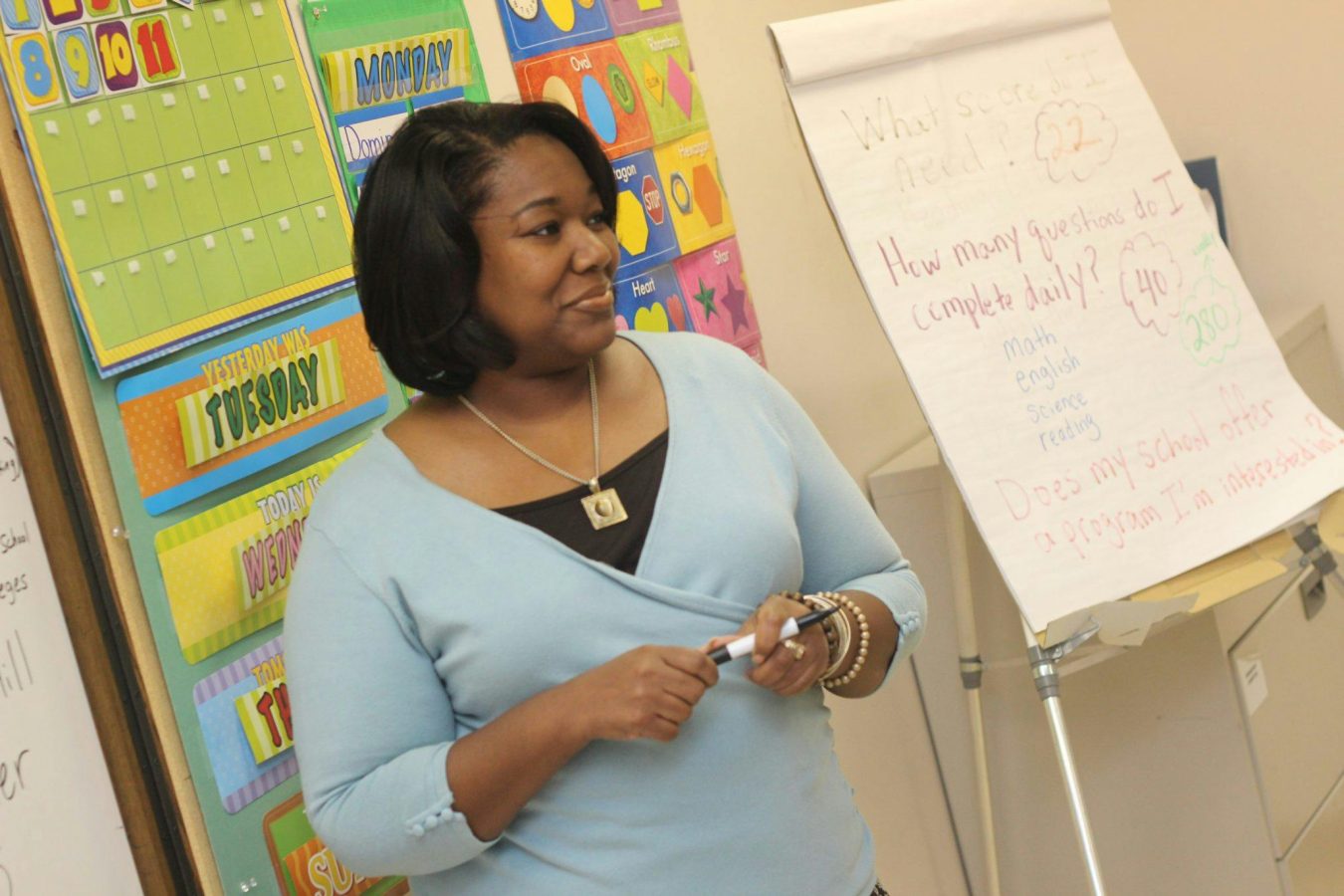Ways to improve memory in older adults are practical, learnable, and surprisingly enjoyable. Age alone does not decide how sharp you feel; daily choices do. With the right mix of movement, sleep, brain-smart food, stress control, and fresh learning, memory can strengthen well into your seventies and eighties.
Quick Action Plan
- Walk 20–30 minutes most days and add two short strength sessions.
- Build a simple brain-food plate: fish twice weekly, daily greens and berries, nuts or legumes.
- Practice 10 minutes of calm breathing or prayer and learn one new skill with spaced review.
Sources: National Institute on Aging, Harvard Health, Mayo Clinic, Alzheimer’s Association.
It is easy to confuse normal aging with inevitable decline. Normal change might mean names take a little longer, or you need a reminder list for errands. What is not inevitable is losing the thread of conversations, misplacing objects repeatedly, or withdrawing from activities because you fear forgetfulness. If you see these patterns, a medical check is smart. For a primer on earlier-stage changes, read our guide on memory issues at age 40 and how to navigate them; then see how to improve memory after 50 for the next stage.
What does sustainable brain care look like after 60?
A short, repeatable routine: daily movement, steady sleep, brain-friendly meals, low baseline stress, and joyful learning that feels new.
Think of memory like a garden. The most reliable ways to improve memory in older adults look boring on purpose—small, daily care that compounds. Ten quiet breaths before breakfast; a brisk walk with a friend after lunch; a colorful plate at dinner; a chapter from a new book in the evening. None of this is extreme. It is the consistency that matters.
For example, one large cohort study showed that adults over 70 who combined regular walks, balanced meals, and new learning tasks had a 30% lower risk of developing serious memory decline compared with peers who lived sedentary lives. Simple habits add up to brain protection.
How does movement protect memory in older adults?
Movement increases blood flow to the brain and raises BDNF, a growth factor that supports learning and recall.
Choose the simplest path: walk on most days. Among the proven ways to improve memory in older adults, regular walking is near the top. Add short strength sessions twice weekly to keep muscles and balance strong. If joints complain, try water aerobics, a stationary bike, or tai chi. Pair movement with conversation—social exercise is easier to maintain. To see how sleep completes the picture, open how sleep quality affects memory after 40.
Even short bursts help. A 10-minute brisk walk before breakfast can improve attention for the next two hours. Gardening, dancing, or even cleaning with energy also count. What matters is steady, regular effort.
Which foods support memory the most?
Fatty fish, leafy greens, berries, nuts and seeds, legumes, whole grains, and enough water.
Make dinner look like this. If you are comparing ways to improve memory in older adults, a brain-friendly plate outperforms most pills: salmon or sardines twice per week, a handful of greens daily, a cup of berries most days, beans or lentils several times per week, and olive oil over whole grains or vegetables. Eggs add choline for neurotransmitter production. Reduce ultra-processed snacks and sugary drinks that cause energy crashes and fog. For a deeper dive into menus and supplements, see best foods and supplements to boost memory after 40.
Hydration matters too. Even mild dehydration can slow recall and focus. Aim for steady water intake across the day. Herbal teas or water with lemon are good options for variety.

What is the best way to train the brain at any age?
Learn something new that feels a bit hard, then use active recall and spaced repetition to lock it in.
Passive reading is comfortable, but memory grows when you reach for answers. Among practical ways to improve memory in older adults, active recall beats passive review every time. Explain the chapter without looking. Teach a friend what you learned. Review on day 1, day 3, day 7, and day 21. Rotate subjects so the brain keeps adapting—alternating language lessons, music practice, drawing, and basic coding or photo editing.
Real-life skills—like playing a musical instrument, learning photography, or cooking new recipes—strengthen more neural networks than simple puzzles alone.
Week-by-week starter plan for older adults
Begin small and build. This four-week framework highlights ways to improve memory in older adults without overwhelm.
Week 1 — Foundations. Set a wake time you will keep every day. Walk ten minutes before lunch and ten after dinner. Add one serving of greens. Put a pen and small notebook near your favorite chair to note tasks and insights. Practice five minutes of slow breathing after you brush your teeth at night.
Week 2 — Food and focus. Batch-cook beans and whole grains on Sunday. Put berries in the freezer. Replace afternoon cookies with nuts and tea. Schedule two twenty-minute learning sessions and end each with a three-minute recap from memory.
Week 3 — Strength and social. Add two simple strength circuits: sit-to-stand from a chair, wall push-ups, and heel raises. Invite a neighbor or friend on your walk. Call a relative you have not seen in a while and ask about their week. Social contact lowers stress and brightens memory.
Week 4 — Skill and sleep. Choose a skill that excites you: guitar chords, watercolor basics, or conversational phrases in a new language. Practice fifteen minutes three times this week. Dim lights an hour before bed and put your phone to charge in another room.
By the end of week four, you will have a rhythm of sleep, food, movement, calm, and learning—five anchors of memory health.
Doctor checklist: when to get evaluated
If memory problems disrupt safety or daily life, or come with confusion, language issues, or mood changes—see a doctor.
- Rule out thyroid imbalance, vitamin B12 deficiency, vitamin D deficiency, depression, and sleep apnea.
- Review medications for side effects on attention, sleep, or mood.
- Ask about hearing and vision; untreated deficits increase cognitive load.
- Bring a trusted family member to share observations; details help diagnosis.
Timely checkups matter. Many treatable conditions mimic memory decline. Early intervention prevents worsening.
Myths and facts about memory in older adults
Myth: decline is inevitable. Fact: habits and health conditions shape memory far more than birthdays do.
- Myth: Brain games alone are enough. Fact: real-life skills and social learning transfer better to daily memory.
- Myth: Naps always hurt night sleep. Fact: short, early naps can refresh attention without harm.
- Myth: It is too late to learn an instrument. Fact: learning music improves timing, attention, and recall at any age.
Mini-glossary for families
A few plain-English terms make doctor visits easier and plans clearer.
- BDNF. A protein that helps brain cells grow and connect, supporting learning and memory.
- Executive function. Skills for planning, focusing, and switching tasks.
- Active recall. Remembering without looking at notes to strengthen memory traces.
- Spaced repetition. Reviewing on a schedule so memories become durable.
- Cognitive reserve. Extra brain capacity built through education, curiosity, and social life—like a savings account for the mind.
Additional Resources
- NIA: Cognitive health and older adults
- Harvard Health: Improve your memory
- Mayo Clinic: Memory loss prevention
- Alzheimer’s Association: Brain health

